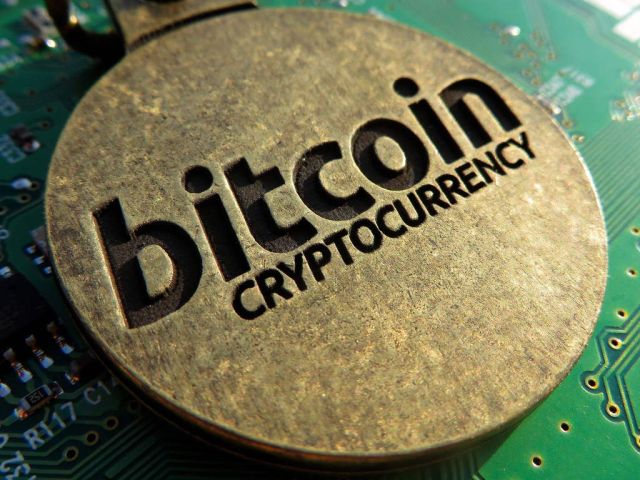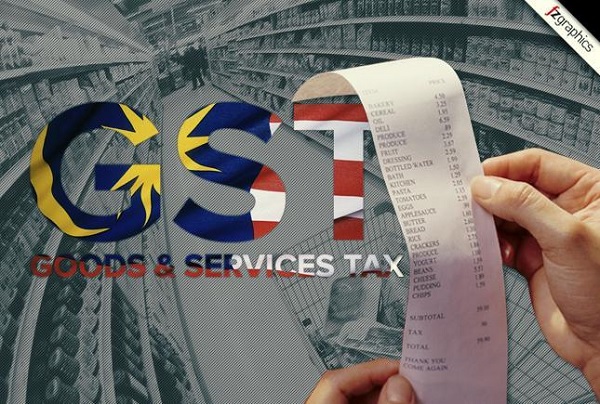
by admin | May 25, 2021 | Corporate, Corporate finance, Corporate Governance, Economy, Finance, Markets, News
 By Aparajita Gupta,
By Aparajita Gupta,
New Delhi : They went through a shocking decline recently. Bitcoin, the leader in cryptocurrencies, fell from its high of under $20,000 in mid-December to around $6,000 in value in less than two months.
It has recovered somewhat since then, but the world of cryptocurrencies has been shaken like never before. Yet its major stakeholders are still convinced that the virtual currencies, which are not linked to any authority or central bank, are here to stay.
The price graph of Bitcoins last year went up considerably, leading people to believe that it would be a one-sided market phenomenon, says Ajeet Khurana, Head of Blockchain and Cryptocurrency Committee of the Internet and Mobile Association of India. “Now that there has been a price correction, it definitely shows maturing of the ecosystem,” he told IANS in an interview.
Maturing or shaken for good? Finance Minister Arun Jaitley in his 2018 Budget speech earlier this month had said that cryptocurrencies were no legal tender and the government discouraged its use. He also said it would not allow its use for illegal activities.
“The government has said it is not a legal tender and it cannot be used for any digital payment. We will always agree with government directives. We are hopeful that with increase in awareness, misunderstanding among people will fade,” Khurana said.
Cryptocurrencies are “mined” through blockchain technology and massive computing power, which keeps a record of all transactions within its structure, available publicly. It is neither controlled, nor endorsed, by central bankers — except for Japan, where it has seen some legal acceptance.
The market cap of all such currencies has fallen from more than $800 billion at its height to less than half at present. In India, an estimated five million people have invested in such currencies which are stored digitally.
Industry stakeholders are now keeping their fingers crossed as they are hopeful that the Indian government would chalk out some sort of a framework for the cryptocurrency market by March this year. A committee set up by the government to look into issues relating to cryptocurrencies is expected to submit its report next month.
According to Khurana, many investors do not know enough about the currencies and the Internet and Mobile Association of India (IAMAI) panel is making efforts to increase awareness. “A significant number of participants do not have enough knowledge about cryptocurrencies. We keep sending cautionary notes in articles and video format in the public domain on a regular basis,” he added.
On December 29 last year, the Indian government had sounded an alarm cautioning investors in cryptocurrencies, comparing them to “Ponzi schemes”. The Finance Ministry statement had said that as virtual currencies were not backed by assets, their prices were entirely a matter of speculation.
“Consumers need to be alert and extremely cautious as to avoid getting trapped in such Ponzi schemes… The price of Bitcoin and other VCs (virtual curencies), therefore, is entirely a matter of mere speculation resulting in spurt and volatility in their prices. There is a real and heightened risk of investment bubble of the type seen in Ponzi schemes,” the statement had said.
Cryptocurrency stakeholders are hopeful, though, that the government’s guidelines by March could infuse a new lease of life. “It has survived several jolts along its way. Despite the jolts, it continued to exist. Around 2014-15, the non-tech participants with significant risk appetite started showing interest in it,” Khurana said.
For now, it’s Caveat Emptor — buyer beware. But as in many get-rich-quick schemes, the early entrants have made huge gains, luring several others to put in their money into this new virtual world of overwhelming promise.
(Aparajita Gupta can be contacted at aparajita.g@ians.in)
—IANS

by admin | May 25, 2021 | Business, Economy, Finance, Large Enterprise, Markets, Medium Enterprise, News, Politics, SMEs
 (Note Ban Series)
(Note Ban Series)
By Rohit Vaid,
New Delhi : The backbone of India’s manufacturing sector — micro, small and medium enterprises (MSMEs) — had not yet recovered from the demonetisation move when the Goods and Services Tax (GST) came in to add to the pain, according to industry stakeholders.
“The base of the MSME pyramid is comprised of informal sector, which has traditionally done business in cash. With withdrawal of cash, this market seized up for a quarter or so. They (MSMEs) are limping back to normality,” Anil Bhardwaj, Secretary General, Federation of Indian Micro and Small and Medium Enterprises (FISME), told IANS.
“The recovery is slow because of the new disruption in the form of GST. In the short term, there could be loss of business opportunities because of lack of capital in the informal markets,” he said.
Bhardwaj said that the housing sector, which had more than 60 product categories linked to MSMEs, was drastically hit, both directly and indirectly.
According to D.S. Rawat, Secretary General of Assocham, except for some payment gateways, most of the sectors lost out.
“The impact of demonetisation would have evaporated, but the GST roll-out issues are being braved by some sectors, particularly the SMEs and the traders,” Rawat told IANS.
In the Economic Watch report by Ernst & Young for September 2017, demonetisation has been blamed for an adverse impact on the economy in the short run, as its “benefits are yet to overtake” the costs.
“The government and people at large did have to bear considerable costs in the immediate aftermath of demonetisation. Some of these costs may be difficult to quantify, but objective evidence of the short-term costs is available in at least some important dimensions,” the report said.
“There was an erosion of growth, output and employment,” it added.
The overall economic growth is still contested, however, as some argue that the downward spiral in gross domestic product (GDP) growth preceded demonetisation.
“Though the GDP growth has been lower post the exercise, it will not be fair to conclude that demonetisation was the only factor responsible for this. The growth had started slowing right after the third quarter of 2016-17 and the trend continued post-November as well,” said Ranen Banerjee, Partner-Public Finance, Economics and Urban, at PwC India.
Others like the EY’s report indicate that demonetisation resulted in a “tangible adverse impact” on GDP growth.
“Real GDP growth has been falling steadily quarter after quarter since the fourth quarter of FY16, when it was nine per cent. It fell to 5.7 per cent in first quarter FY18, a decrease of 3.3 percentage points,” the report pointed out.
“The two quarters that can be considered as the demonetisation quarters in FY17 were the third quarter of FY17 and fourth quarter of FY17. In these two quarters, the GDP growth rate fell to seven per cent and 6.1 per cent, respectively.”
It mentioned that the downward trend in growth preceded demonetisation and was largely caused by an investment slowdown.
On the industrial production front, in December 2016, the Index of Industrial Production (IIP) had contracted by 0.4 per cent from a 13-month high of 5.7 per cent reported for November.
However, it rose 2.7 per cent in January 2017. The latest IIP figures for August showed that factory output grew 4.3 per cent against the same month last year on the back of robust mining and electricity sector growth.
According to the Ministry of Statistics and Programme Implementation, manufacturing output in the country in July 2017 had grown marginally by 1.2 per cent.
“The event clearly pushed the economy towards a higher degree of digitisation and financial inclusion. Accordingly, the digital finance sector seems to have gotten a push while over the longer term financial services should be the biggest gainer,” said Anis Chakravarty, Lead Economist, Deloitte.
(Rohit Vaid can be reached at rohit.v@ians.in)
—IANS


